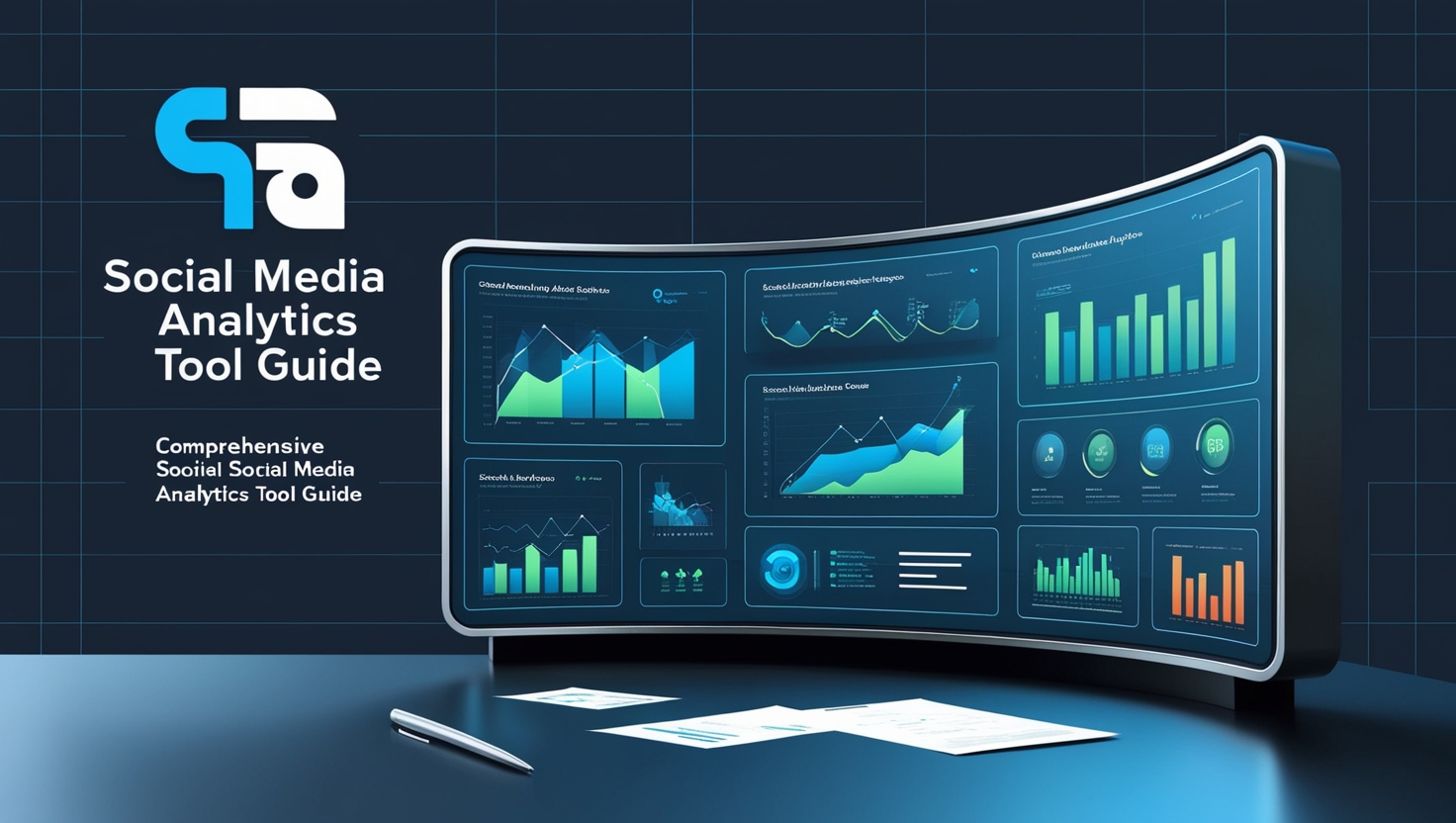User Experience (UX) and User Interface (UI) design have never been more important in today’s digital landscape, where user-centricity is key. Interactions that are seamless, visually appealing interfaces, and straightforward navigation are all essential for grabbing and holding the user’s attention. We recognize the importance of excellent UX/UI Design Strategy in generating memorable digital experiences at WebXMeta. In this post, we’ll go into the area of UX/UI design strategy and look at how we succeed at designing designs that are appealing to users, encourage engagement, and generate business success.
Understanding UX and UI Design
- UX (User Experience) Design: At its foundation, UX design is concerned with developing products and services that give users meaningful and fulfilling experiences. Understanding user behavior, wants, and goals, as well as creating intuitive pathways to help users reach those goals, are all part of the process. The basic goal of UX Design is to make the user journey as easy, efficient, and entertaining as possible.
- User Interface (UI) Design: The art of creating aesthetically appealing interfaces with which users interact is known as UI design. It uses design to link users to digital products, including layout, typography, colors, and interactivity. The goal of UI design is to create aesthetically appealing, brand-consistent aesthetics that improve usability through consistent, beautiful visual language.

Our Approach to UX/UI Design Strategy
- User-Centered Design: We prioritize the needs and preferences of our users throughout the design process. Conduct user research, create personas, and plan journeys to effectively understand habits, pain areas, and motivations.
- Ideation Collaboration: Our design process includes cross-functional collaboration. Designers, developers, and stakeholders collaborate to generate ideas and solutions, ensuring that varied viewpoints are represented in the final design.
- Wireframing and Prototyping: Before we begin visual design, we generate wireframes and prototypes that outline the product’s structure and functioning. It enables early concept validation, reducing usability concerns in later stages of development.
- Visual Aesthetics: Our UI designers expertly integrate form and function to create aesthetically attractive experiences that users love. We follow established design standards; however, we also introduce distinctive aspects that represent the personality of the business.
- Usability Testing: Thorough usability testing is an essential component of our design process. We collect user data, evaluate interactions, and iteratively update designs to improve the user experience and fix concerns.
- Responsive Design: Due to prevalence of various devices and screen sizes, we ensure that our designs are responsive and flexible. This ensures that the user experience is uniform and excellent across devices, from PCs to smartphones and tablets.
User Experience (UX) Benefits:
- Enhanced User Pleasure: UX design focuses on providing user-friendly and intuitive interfaces, which leads to increased user pleasure and engagement.
- Increased Usability: UX designers may create interfaces that are easy to navigate by knowing user habits and preferences, minimizing user aggravation and boosting overall usability.
- Reduced Abandonment: Well-designed interfaces reduce the risk of users abandoning your platform due to confusion or dissatisfaction, resulting in lower bounce rates.
- Improved Accessibility: By incorporating accessibility principles, you ensure that people with disabilities can access and interact with your products, thereby expanding your user base.
- Effective Task Completion: A well-designed user interface helps users smoothly navigate activities and processes, improving the likelihood of successful completion.
- Positive Brand Perception: A well-crafted UX design displays a company’s commitment to offering a quality user experience, which contributes to a positive brand image.

User Interface (UI) Benefits:
- Visual Consistency: UI design guarantees that your product has a consistent appearance and feel, resulting in a coherent and identifiable brand identity.
- Clear conveyance: UI design components such as typography, icons, and color schemes aid in the clear conveyance of information, hence improving user comprehension.
- Intuitive Interaction: Intuitive user interface features, such as buttons and navigation menus, make it easier for people to engage with your product, lowering the learning curve.
- Engaging Visuals: A well-thought-out user interface design that incorporates graphics, animations, and visuals can captivate users, making the experience more engaging and memorable.
- Aesthetic Appeal: A visually appealing user interface design can make a positive impression on users, potentially enhancing their loyalty and propensity to return.
- Responsive design: IT adapts to all platforms and screen sizes, ensuring a consistent experience across PCs, tablets, and mobile devices.
Business Benefits:
- Higher Conversions: Whether it’s signing up for a service, making a purchase, or performing a desired action, a better user experience and a well-designed interface can contribute to higher conversion rates.
- Early Issue Identification: Using user testing during the design phase can aid in the early identification of issues, saving time and money that would otherwise be spent on post-launch problem resolution.
- Customer Loyalty: Satisfied customers are more likely to become repeat customers and brand advocates, which contributes to long-term success.
- Data-Driven Iteration: UX/UI strategies frequently include gathering user feedback and evaluating user behavior, resulting in iterative improvements that are in line with user demands and preferences.
- Early Issue Identification: Using user testing during the design phase can aid in the early identification of issues, saving time and money that would otherwise be spent on post-launch problem resolution.
- Competitive Advantage: A superior user experience can distinguish your product from competitors and become a crucial differentiator in the market.
The Impact of Great UX/UI Design
- Improved User Satisfaction: When users can easily accomplish their goals on your platform, they are more likely to engage, convert, and become loyal customers.
- Conversions Increased: A well-designed user interface speeds the conversion process by minimizing friction and encouraging users to take desired actions.
- Customer Retention: Positive user experiences encourage customer loyalty, which leads to repeat purchases and word-of-mouth recommendations.
- Strong Brand Identity: Consistent visual components across your digital presence strengthen your brand’s identity, making it more identifiable and memorable to users.
- Competitive Advantage: In a crowded digital economy, exceptional UX/UI design strategy distinguishes your business and positions it as forward-thinking and user-centric.
- Strong Brand Identity: Consistent visual components across your digital presence strengthen your brand’s identity, making it more identifiable and memorable to users.

Empowering Business Growth Through UX/UI Design
- User-Centric Approach: Prioritize your target audience’s wants and preferences. Understand their pain spots, behaviors, and goals in order to develop interfaces that meet their needs. A user-centric strategy increases consumer pleasure, which leads to increased engagement and loyalty.
- Clear and Intuitive Design: Create an interface that is simple to use and navigate. Users should be able to easily interact with your product or service. A straightforward design shortens learning time, encourages exploration, and decreases consumer irritation, reducing platform abandonment.
- Consistency and branding: Maintain a consistent design across every point of interaction, from websites to mobile apps. A consistent visual identity increases brand familiarity and trust. To strengthen your brand’s presence, employ consistent colors, fonts, and imagery throughout the customer journey.
- Mobile Responsiveness: In today’s mobile-first environment, it’s critical to provide a consistent experience across multiple devices and screen sizes. A responsive design adapts to many platforms, improving accessibility and user happiness. Failure to provide a mobile-friendly experience might result in lost opportunities and dissatisfied users.
- Optimizing Performance: Slow-loading websites and applications can result in significant bounce rates and user abandonment. Concentrate on improving performance by lowering load times, removing extraneous animations, and compressing graphics. A quick and responsive platform boosts user happiness and encourages long-term involvement.
- Data-Driven Iteration: Continuously collect and analyze user data to identify pain points, areas for improvement, and patterns in user behavior. Iterate and develop your UX/UI design strategy using A/B testing and user feedback. This iterative process guarantees that your design remains relevant and effective as your company grows.
In Conclusion
UX/UI design is critical in determining how users perceive and interact with your brand in the age of digital change. At WebXMeta, we’re dedicated to creating designs that not only look good but also improve user experiences. Through user-centered design, collaborative brainstorming, testing, and visual aesthetics, we build appealing digital products. Join us on this adventure to create extraordinary user experiences that promote company success and leave a lasting impression.












